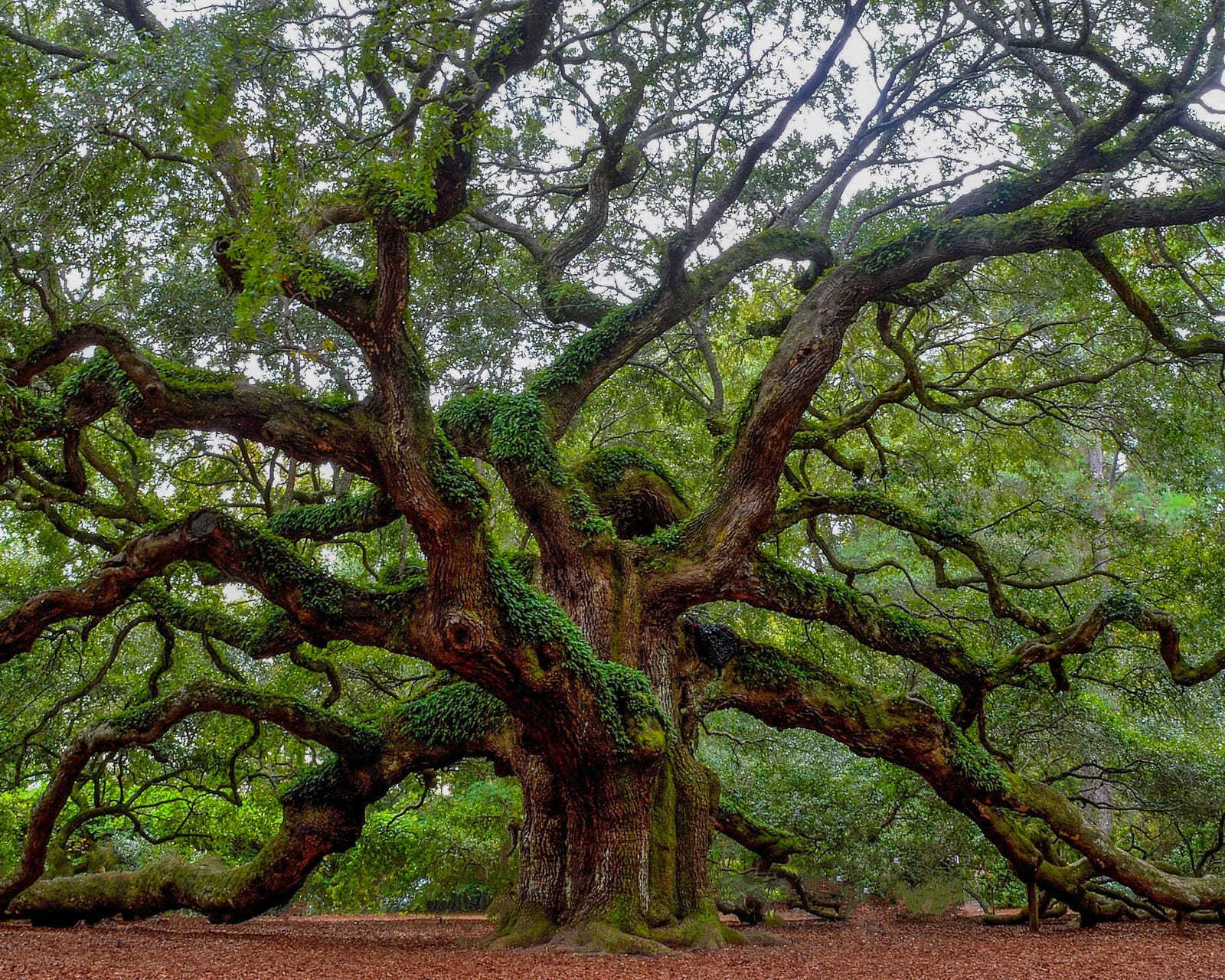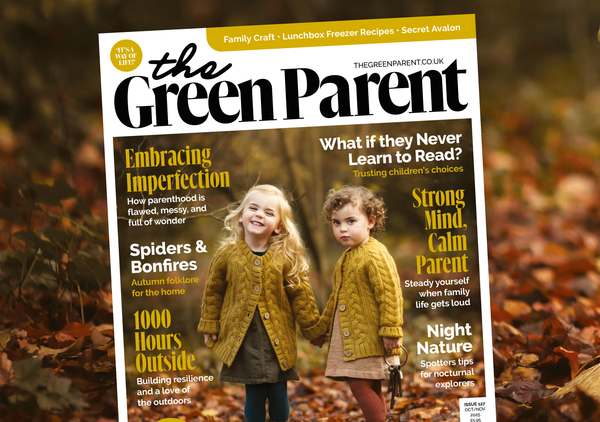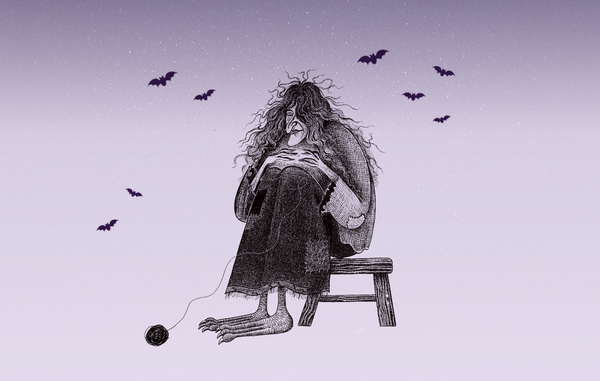Oak, the seventh tree in the Celtic Tree Ogham can live up to 800 years and its fruit - the acorn - has long been an important source for food and medicine says Robin Harford. Plus: acorn brownie recipe for later in the year!
All parts of the oak were once considered edible making this tree quite the forager’s feast!
This majestic tree has wide-spreading, branches on a short, stout trunk. The bark is brown-grey and the leaves are dark green on top and pale blue-green beneath. The tree bears male and female flowers – male flowers are slender catkins and female flowers are globe-shaped and pale brown. The easily recognisable fruit resemble a small nut inside a stalked cup.
SHELL AND SNACK
In years gone by, acorns were collected and ground to meal for flour. The ‘acorn milk’, a byproduct of this process, was also drunk. Acorns were gathered for snacking, roasting, boiling or drying to add to meals. However, it is worth noting that caution is now given before eating acorns that have not been properly treated – leached of their plant tannins by shelling them and leaving them in water for 48 hours. Eating the nuts raw is not recommended.
Acorns are nutrient-rich containing starches, oils, proteins, minerals (such as calcium, phosphorus and potassium) as well as plant sugars and tannins. Oak leaves were once used to make wine and even the trunk of the tree has provided an edible source of gum.
HEALING TREE
All parts of the oak – wood, bark, leaves, acorns and gallnuts – have traditionally been used in medicine since ancient times. The tree was valued for its astringent properties most likely due to the high content of tannins. It was used for wide-ranging ailments from mouth disease and skin complaints to rheumatism and digestive problems. Surprisingly oak galls (a parasitic infection of the tree caused by a tiny wasp) had an even wider range of use from treating mouth diseases, infected eyes and ears, toothache, stomach disorders, dysentery, rashes, abscesses, skin ailments and burns, swollen spleens and regulating menses.
Oak is a well-known wood used for making furniture. However, some traditional uses of oak that we might find novel today have included making wooden bowls, milk pails, butter-firkins, baskets, fighting clubs, tool handles, coffins and even spinning wheels.
MORE INSPIRATION
READ Robin Harford’s Edible and Medicinal Wild Plants of Britain and Ireland
VISIT eatweeds.co.uk for more herbal lore
MAKE THESE ACORN BROWNIES
WHAT YOU NEED:
• 2 cups, freshly ground buckwheat • 1 cup leached + dried acorn flour • 2 cups yogurt • 3/4 cup soft butter • 1.5 cups Rapadura sugar • 2 teaspoons vanilla powder or extract • 4 eggs, lightly beaten • 1 tablespoon baking powder • 1 teaspoon sea salt • 3/4 cup cacao powder
WHAT TO DO:
1. Mix together the flours, salt, cacao, and baking powder. Set aside.
2. Mix the softened butter and sugar until smooth and creamy.
3. Add the in eggs and vanilla. Blend well.
4. Starting with the dry ingredients, alternately add the yogurt and flours until all is incorporated.
5. Spread the batter into a parchment lined and greased 9 x 13 baking dish. 6. Bake for 30-40 minutes. Allow to cool slightly before serving.







